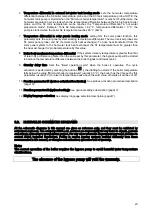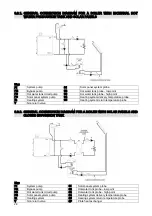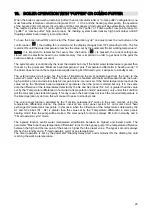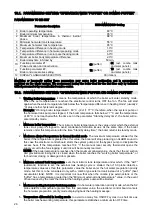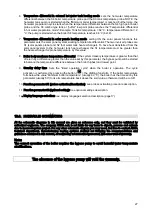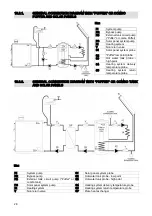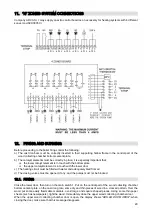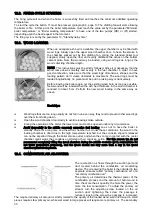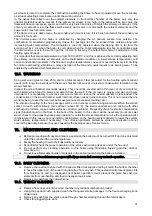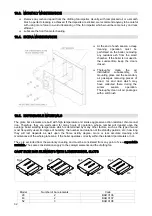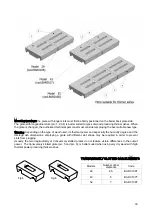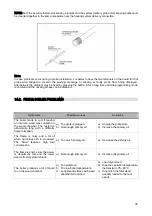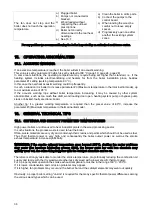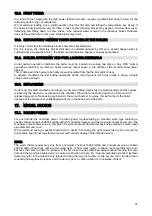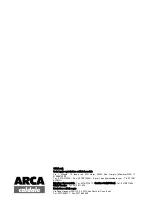
37
16.2. FIRST FIRING
Any kind of boiler, especially the high power featured models, requires a gradual first firing to allow for the
refractory parts to dry out completely.
We recommend loading only a small quantity of fuel the first time and letting the temperature rise slowly. If
the boiler is fully loaded the very first time, cracks on the refractory blocks may appear or their surface layer,
detaching and falling down. In some cases, if the residual water content in the refractory blocks thickness
does not have the time to come out, small blasts may occur.
16.3. REFRACTORY CEMENT PARTS EXISTING IN THE BOILER
It is fairly normal that the refractory blocks show small imperfections.
For this reason, the refractory blocks thickness is overdimensioned; by this way, should happen what is
outlined above, (paragraph 16.2.), the boiler overall insulation degree is anyway guaranteed.
16.4. BOILER AUTONOMY AND FUEL LOADING INTERVALS
Under normal operation conditions the boiler must be loaded on average two times a day. With “normal
operating conditions” we intend a boiler average output power in the middle of the recommended power
interval.
This is obtained if the house to be heated is well insulated from the thermal point of view.
In extreme conditions the fuel loading operations will be more frequent (3-4 a day), while in spring a single
charge will be enough.
16.5. EXPLOSIONS
Under poor flue draft conditions and using very dry wood filling completely the wood loading chamber, gases
released by the wood may accumulate in the chamber. When the fan is started again, the compound air-
released gases may fire causing explosions in the wood chamber. Anyway, this will not harm the boiler
because of the presence of antideflagration doors in the back part of the boiler.
17. MODEL
CHOICE
17.1. BOILER POWER
For each model the minimum power, the rated power (corresponding to standard wood type featuring a
specific thermal power of 3500 kcal/Kg with 15% humidity degree) and the maximum output power vary; the
maximum output power value is only given for correct security devices dimensioning purposes: valves, relief
pipe diameter and so on.
We recommend seeing a qualified technician to assist in choosing the right model, taking into account the
foreseeable specific average thermal power and humidity degree of the intended wood.
NOTE:
The wood thermal power may vary from a minimum of about 1600 kcal/Kg and a maximum value of about
3500 kcal/Kg. Wood logs coming from dead trees or from trees grown in shade are more difficult to burn
because the carbon content is reduced; in the first case the tree remained without natural feeding for some
time and the wood was subjected to a natural combustion process. By “natural combustion process” (without
flame) we refer to the carbon being released during the long drying time. In the second case, the tree had a
reduced photosynthesis process, and the wood is poor in carbon while rich in cellulose content.

